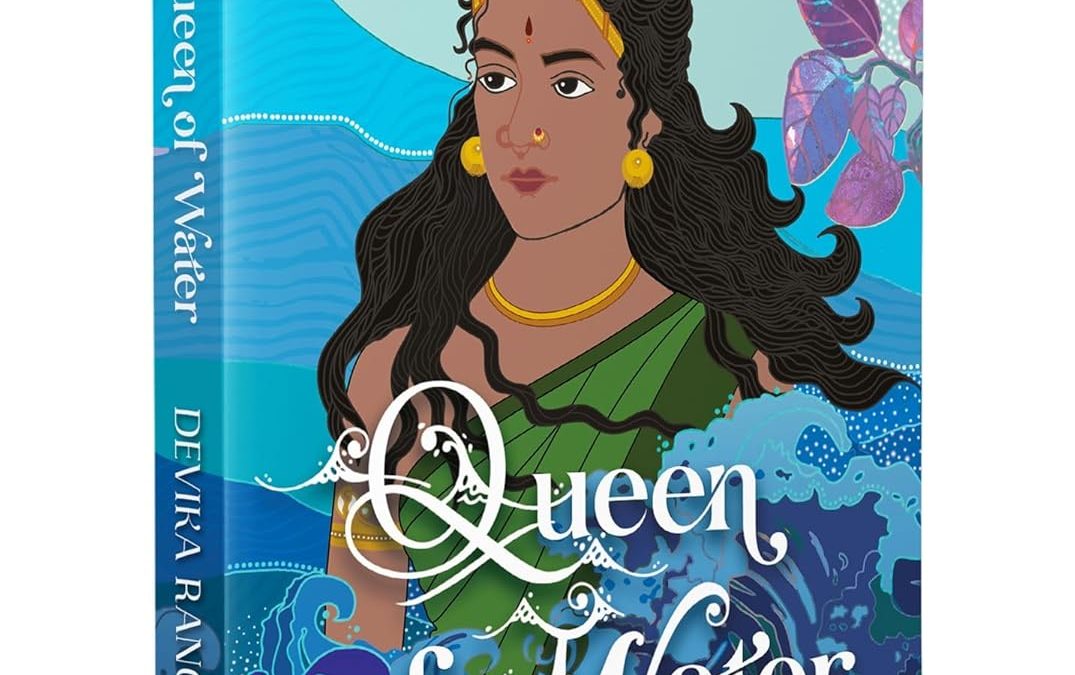Queen of Water(Queen Series) by Devika Rangachari
My take on the book:
Princess Kundavai the daughter of Chola King Sundara Chola is the darling of her family, especially her father and of her brothers Aditya and Arulmozhi, who pampered her. Her elder brother Aditya is recently crowned as the heir apparent of her father and will be the future King, while Arulmozhi who is only two years younger than her has grown up almost like her shadow, always tagging along with her.
Kundavai is feisty when compared to girls her age and always spoke her mind. While she knew that her marriage would happen as an alliance between kingdoms, she always insisted it happened with the man she loved. She had a strong influence of her grand aunt Sembiyan Mahadevi and treated river Kaveri as her constant companion.
When a brutal assassination in the family shakes up everyone, Kundavai has to make some tough decisions. How these decisions will affect her future and that of the Chola empire forms the rest of the story.
The story spans from the time Kundavai is a young girl to the time Arulmozhi hands his new born son and asks his sister to promise that she will mentor and guide his son. The historical note the author added at the end of the book adds a lot of context to the story, also highlighting the sequences that have been fictionalised.
The history of Cholas and their rule has been widely documented but this book focuses on Princess Kundavai, especially highlighting the events that shaped her future and what circumstances have driven those decisions. The life and times of Royal families, the constant power struggle even between blood relatives and the extent to which people went to capture the royal throne is well described by the author.
Through Kundavai and her grand aunt, the author showcases how women played the roles of advisors and mentors to the Kings and were their guiding anchors. These women showed commendable restraint and patience when the Kings and their heirs were driven by rage and revenge, proving that politics in any age is not just about muscle power but thought power as well. The author also details how rulers and their families contributed to building and renovation of temples, how they used these as avenues for living on in history. Kundavai also constructed hospitals which shows her thinking was way ahead of time.
After reading the blurb, I expected more intrigue around the murder and how the suspense will be revealed but the author reveals the suspense in a normal way, which is the only disappointment I have from the book. However, the narration is so well paced that there is never a single dull moment. The author’s research into the Chola times especially of Kundavai’s life and the little details is worth applauding.
Overall, the book is a good guide for young girls on how strong women withheld their importance in a patriarchal society.
My rating:
4/5.
